Dungeons & Dragons: The Strengths And Weaknesses Of Each Class
Table of Contents
Learn about the pros and cons of every class in Dungeons & Dragons.
You Are Reading :Dungeons & Dragons The Strengths And Weaknesses Of Each Class
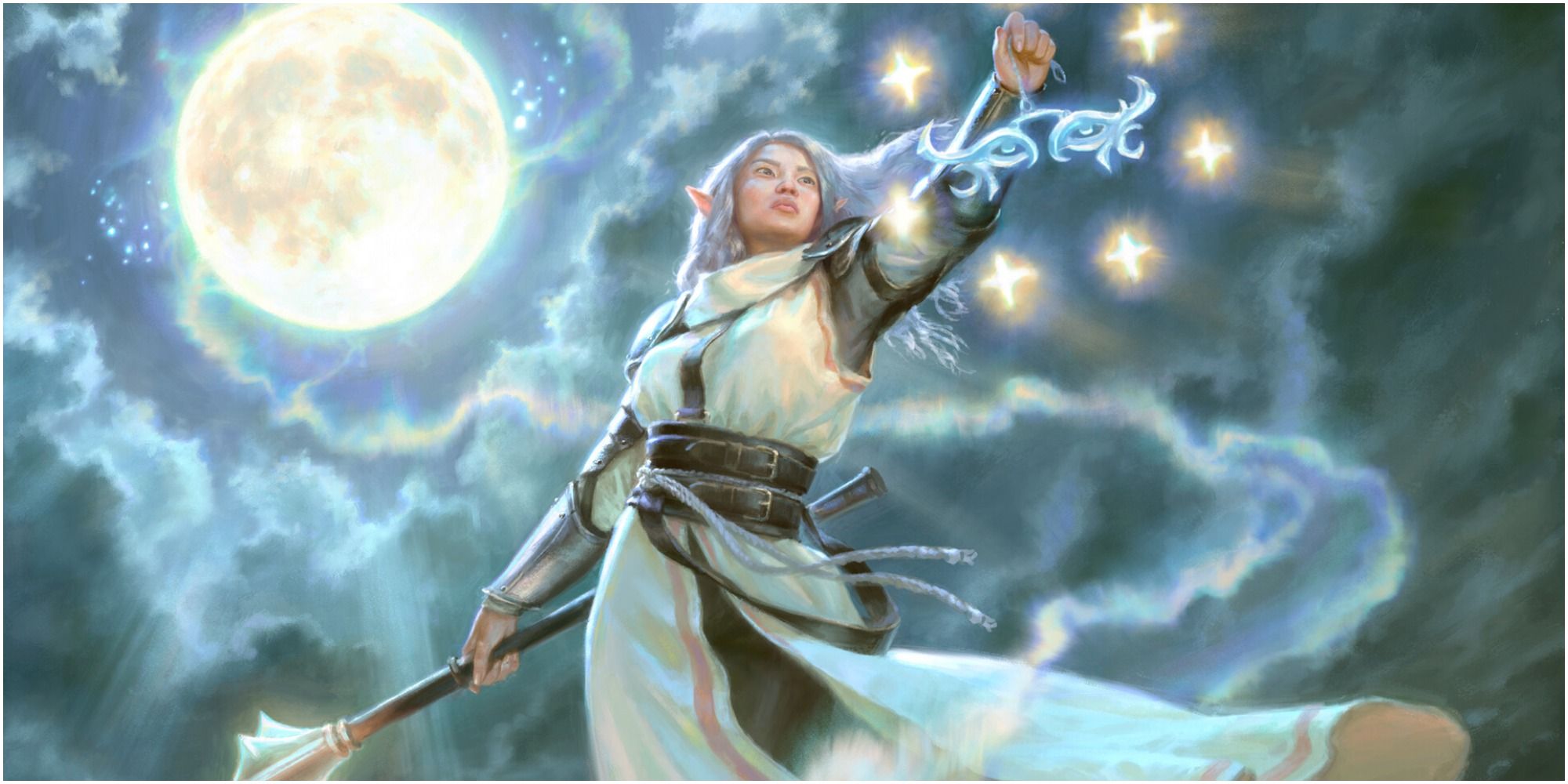
When creating a character in Dungeons & Dragons, few choices are as impactful as a player’s choice of class. While races and backgrounds can provide a variety of flavorful features, a class fundamentally dictates how a character functions within an adventuring party and the utility that they bring to the table. Players can play to the given strengths of their character’s class, allowing each member of a party to fill an important role. However, no class in D&D is perfect. While every class has notable areas in which they excel, each class has its shortcomings that players should be aware of when building their character. So today, we’re going to examine each class in D&D and explore their most noteworthy strengths and weaknesses.
Before we begin, we should note that we are focusing on the base version of these classes and will not be discussing the benefits that can be gained for a class via specific subclasses.
Artificer

The only class in D&D’s fifth edition that did not appear in the Player’s Handbook, Artificers are an incredibly unique class that don’t particularly fit into the mold or a martial or spellcasting class. Artificers are based around the use of magic items, gaining the ability to attune to additional magic items and craft magic items of their own through the use of the class’s Infuse mechanic. This ability to utilize and manipulate magic items is unlike any other class in the game, providing the class with distinct utility. This provides that class with distinct abilities that it is capable of juggling along with its spellcasting. The Artificer class’s biggest shortcoming is that like the Paladin and Ranger, it is effectively a half-caster, gaining the same number of spell slots as those two classes. However, while those classes can utilize extra attacks and martial prowess to help balance their magic utility, Artificers can be somewhat difficult to utilize as they’ve essentially traded their access to higher level spells for magic item synergies rather than immediately accessible damage.
Barbarian
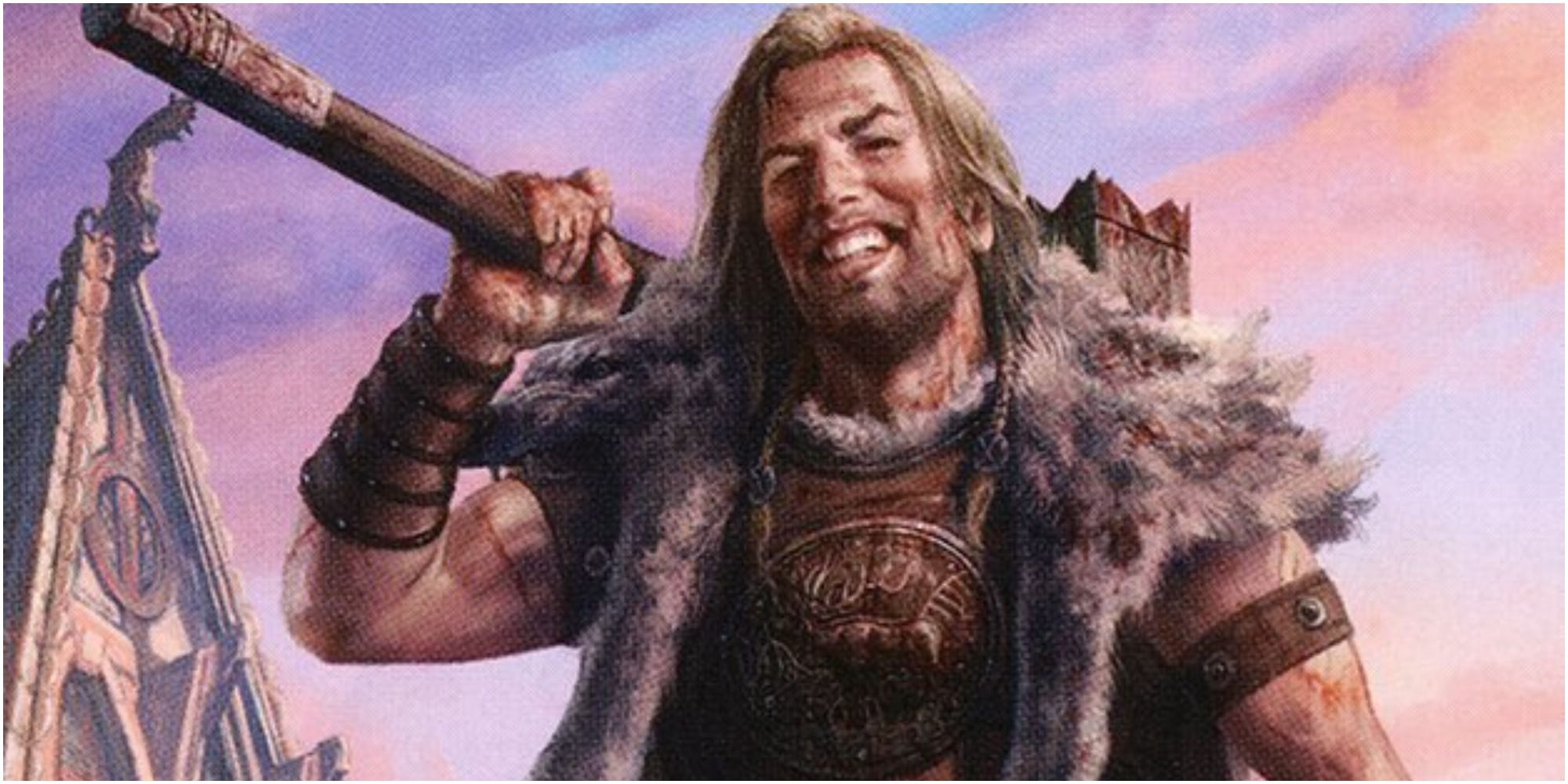
Strength-based melee combatants, Barbarians are known for their ability to utilize their rage in combat. The only class in the game with a d12 hit die, Barbarians are known bulk and are easily among the most durable classes in the game. This is largely in part to their rage feature that not only allows a Barbarian to deal more damage but also sustain less damage as well. While Barbarians excel at dishing out melee damage and can shrug off hits like nobody’s business, these strengths come at a cost. While Barbarians may be incredible when it comes to close-quarters combat, they can struggle when dealing with ranged foes. Additionally, while many classes gain access to impressive utility both in and outside of combat, the vast majority of the class’s strengths are only relevant in a fight, meaning that they may have difficulties when dealing with exploration or social situations.
Bard
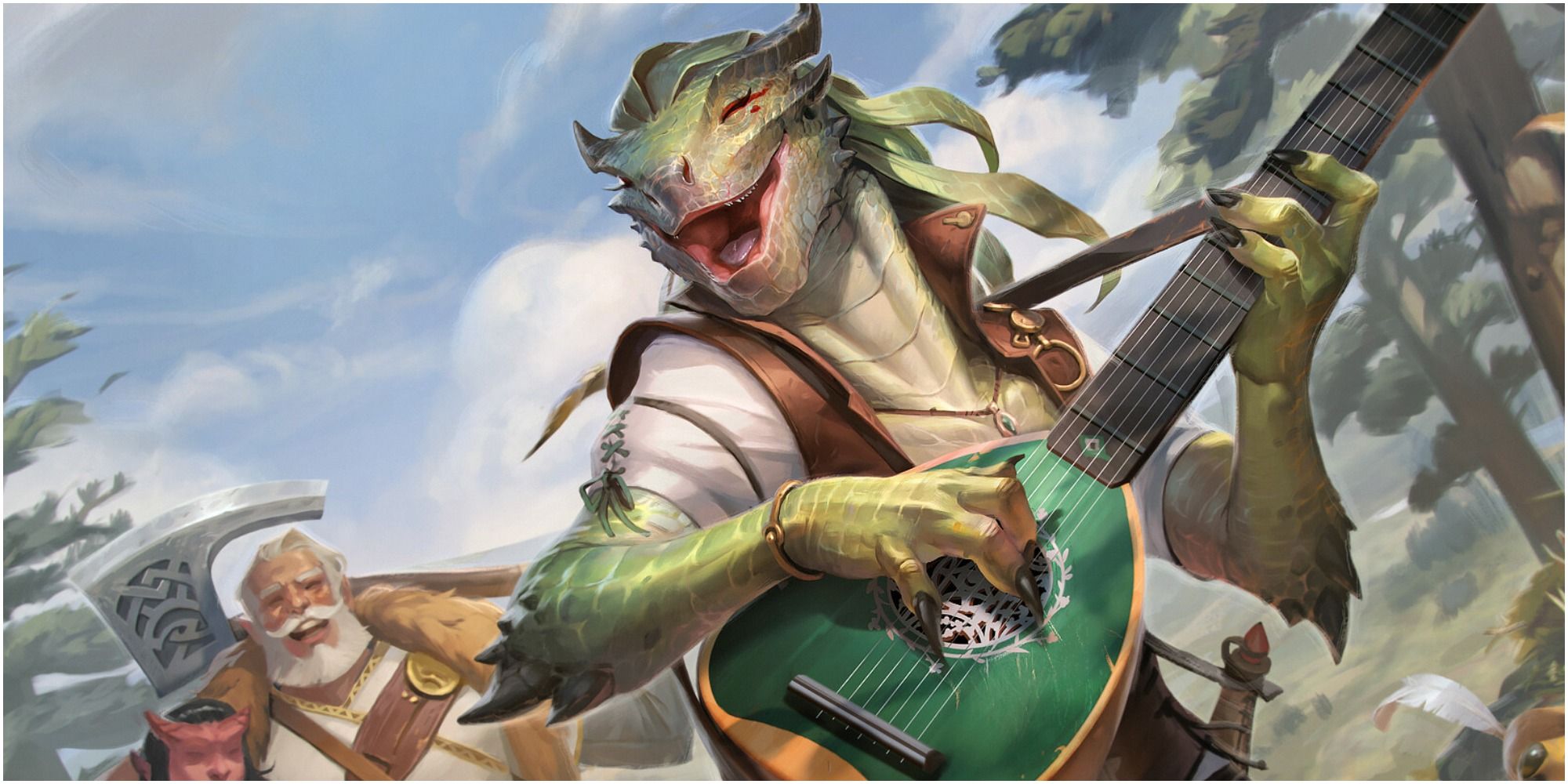
Charismatic spellcasters capable of harnessing the power of music and artistry, Bards can bring excellent support capabilities to a party and provide a wide variety of utility based on what a party may need. Notably having access to every skill proficiency in the game, Bards have access to a solid blend of offensive, support, and utility spells that make them incredibly well rounded. Additionally, Bards can help the rest of a party excel in their given areas of expertise through the use of their Bardic Inspiration feature. While bards have a lot to offer, their biggest shortcomings can be found within their spell list. Though they may have access to many useful support and utility options, their damaging spell options are quite lacking, especially when it comes to highly damaging crowd control spells.
Cleric

Worshipers of the various gods within D&D and practitioners of divine magics, Clerics are an incredible asset to any adventuring party. With among the best healing and support magic of any class, clerics can hold their own in combat thanks to their stellar spell list including a wide range of potent offensive options in addition to the support magic they’re known for. While this multifarious’s class’s weakness may not be as blatantly apparent as those of other classes, the vast majority of Cleric damage options are either radiant or necrotic. This means that if a party is facing off against a creature with resistance to one or both of these damage types, the Cleric will likely struggle to deal sufficient damage.
Druid
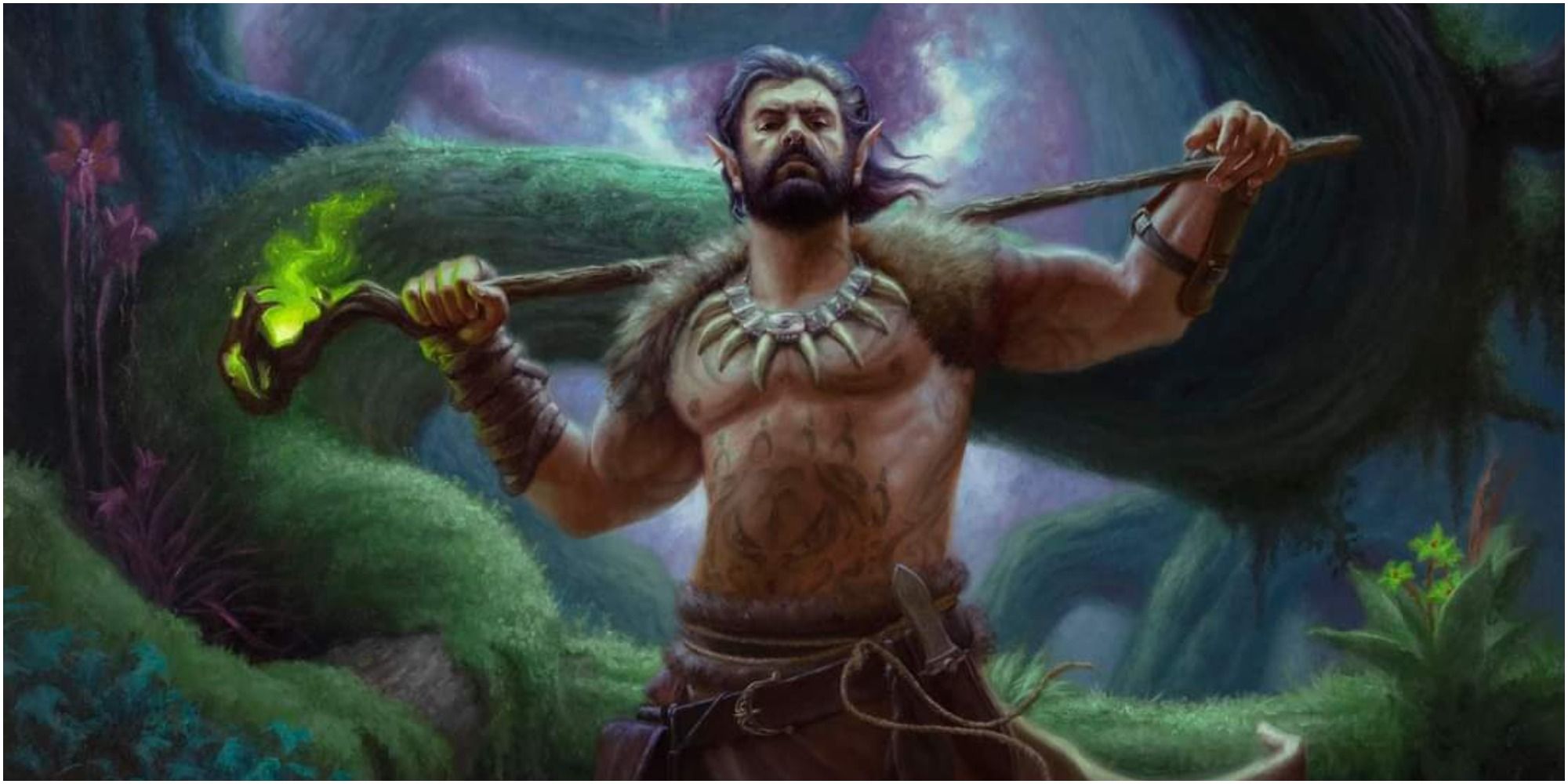
Druids are wisdom-based spellcasters that harness the power of nature to cast their spells. Like Clerics, Druids have access to great offensive and support spells alike, making them quite flexible. Additionally, Druids notably gain access to the Wild Shape feature that allows characters of this class to assume animal forms that can offer mobility, disguises, and in some cases, useful combative abilities. While the class may be able to accomplish a lot, nearly every great option the Druid has requires concentration, meaning they usually must commit to one given spell at once. This also often incentivizes druids to prioritize their constitution more than other classes, which can make characters of this class sometimes feel homogonous.
Fighter
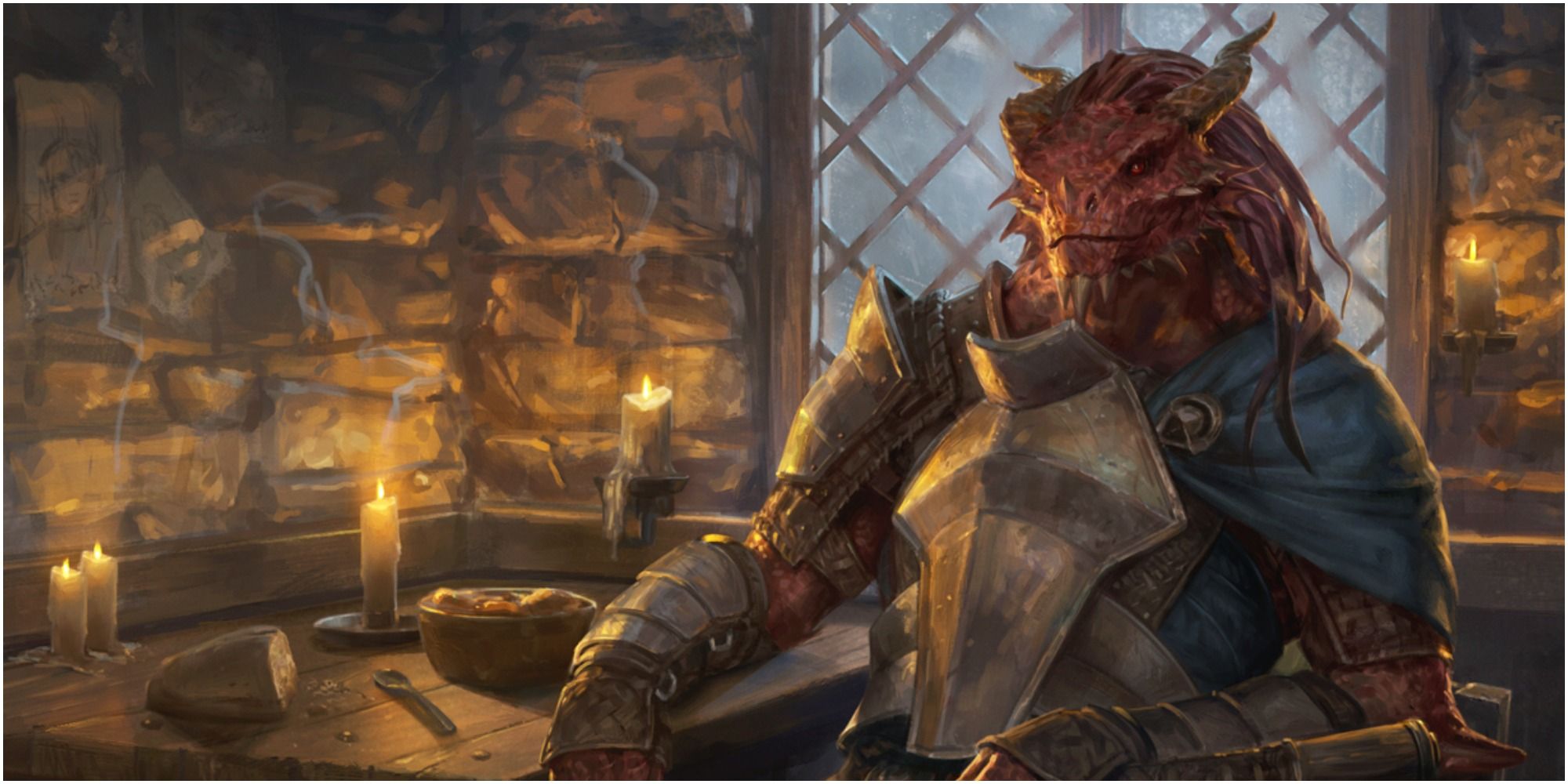
Fighters are among the most straightforward classes in D&D, excelling at martial combat and able to utilize any type of weapon or armor. No class gains access to as many attacks as the Fighter, with the class even gaining access to the impressive Action Surge feature, allowing a fighter to take additional action in combat. Capable of excelling from afar or in close quarters based on a player’s build, Fighters can deal incredible amounts of damage to single targets. Similar to the Barbarian, nearly every feature of this class is based around combat, meaning that FIghters often struggle to deal with problems that can’t be solved through violence.
Monk
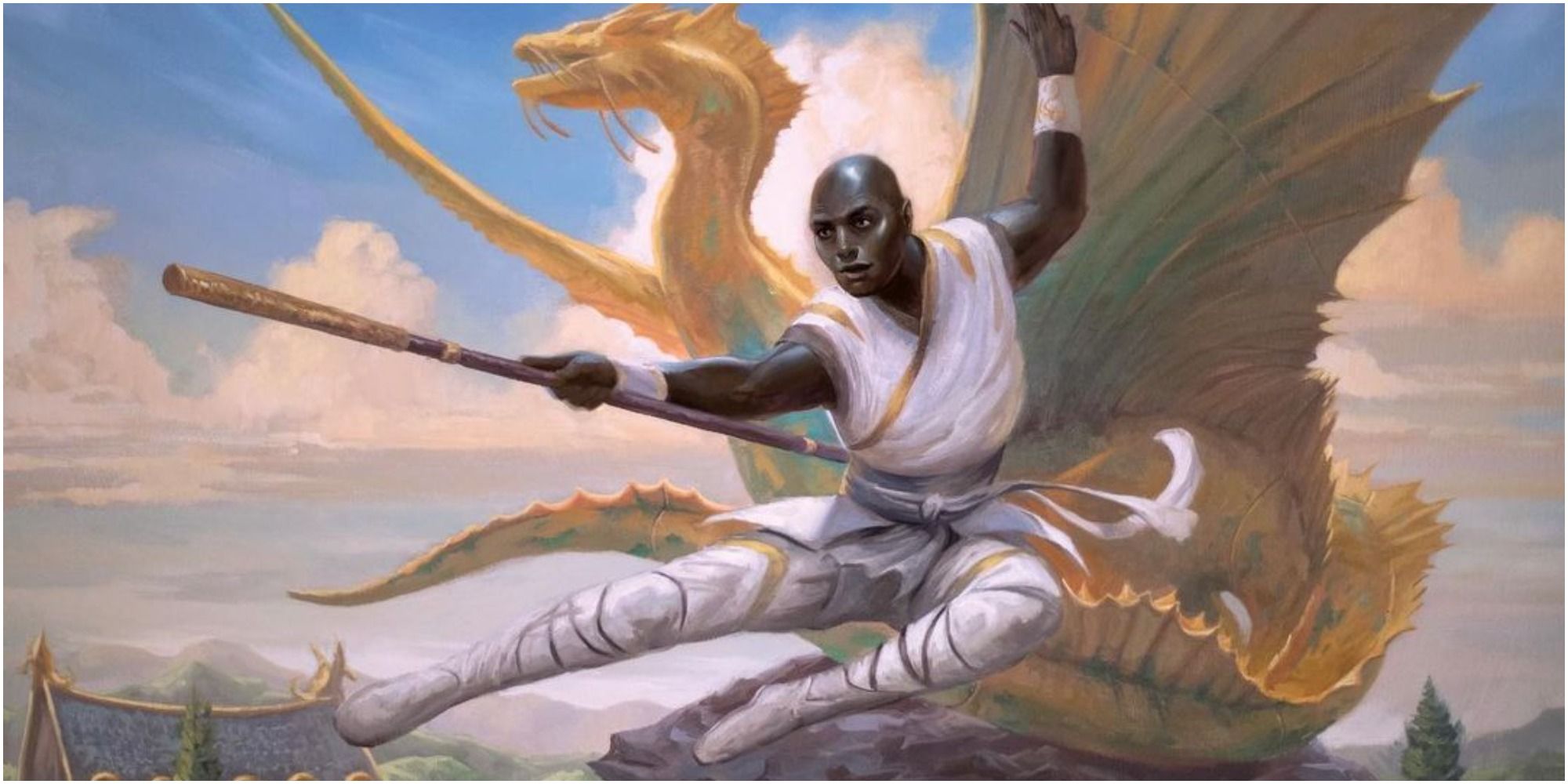
A distinct class that blends the use of wisdom and dexterity, Monks can use their Ki in a variety of ways, from making extra unarmed attacks with Flurry of Blows to devastating foes with Stunning Strike. Monks are a class that excels regardless of their equipment, not requiring the use of armor or weapons to deal damage or avoid a foe’s attacks. Gaining additional movement as they level up, Monks are notably the most mobile class in D&D, able to get into close quarters with a foe rather easily. The weakness of the Monk class is its lack of reliable ranged options, requiring a Monk to get up close and personal if it wants to contribute in combat.
Paladin
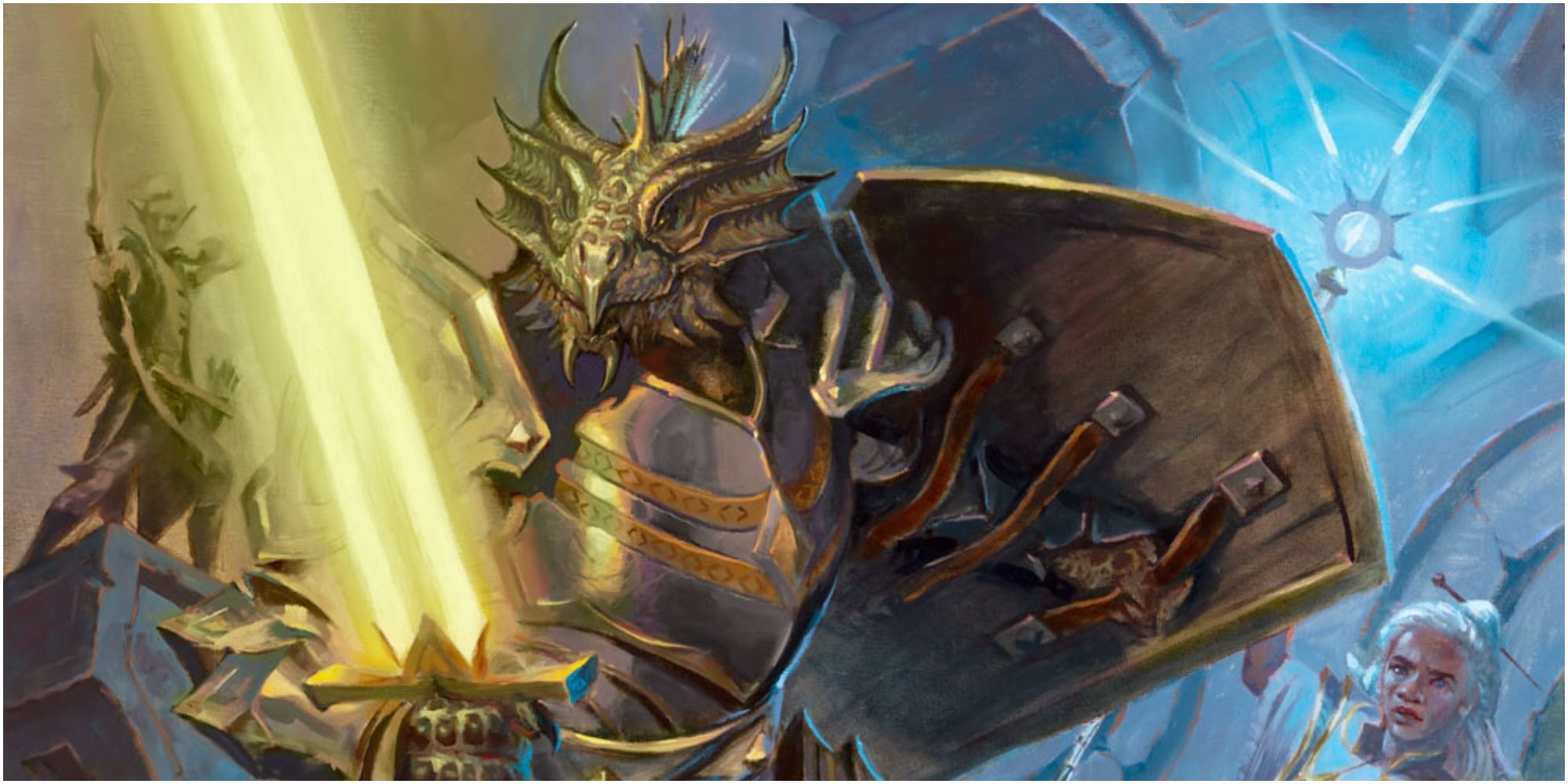
Paladins are holy warriors who follow various warriors, effectively combining elements of the Cleric and FIghter classes to form a distinct class option. Simultaneously able to deal serious damage through Divine Smite and able to heal allies through Lay on Hands, Paladins can offer a great blend of offense and support to a party, all whilst offering additional utility through spells and subclass-based auras. While Paladins are incredibly potent and versatile, nearly each of their features regains their uses after a long rest. This means the struggle in the latter half of a long adventuring day, as they will be unable to regain many of their abilities they’d already expended meaning that resource management as a Paladin is key.
Ranger
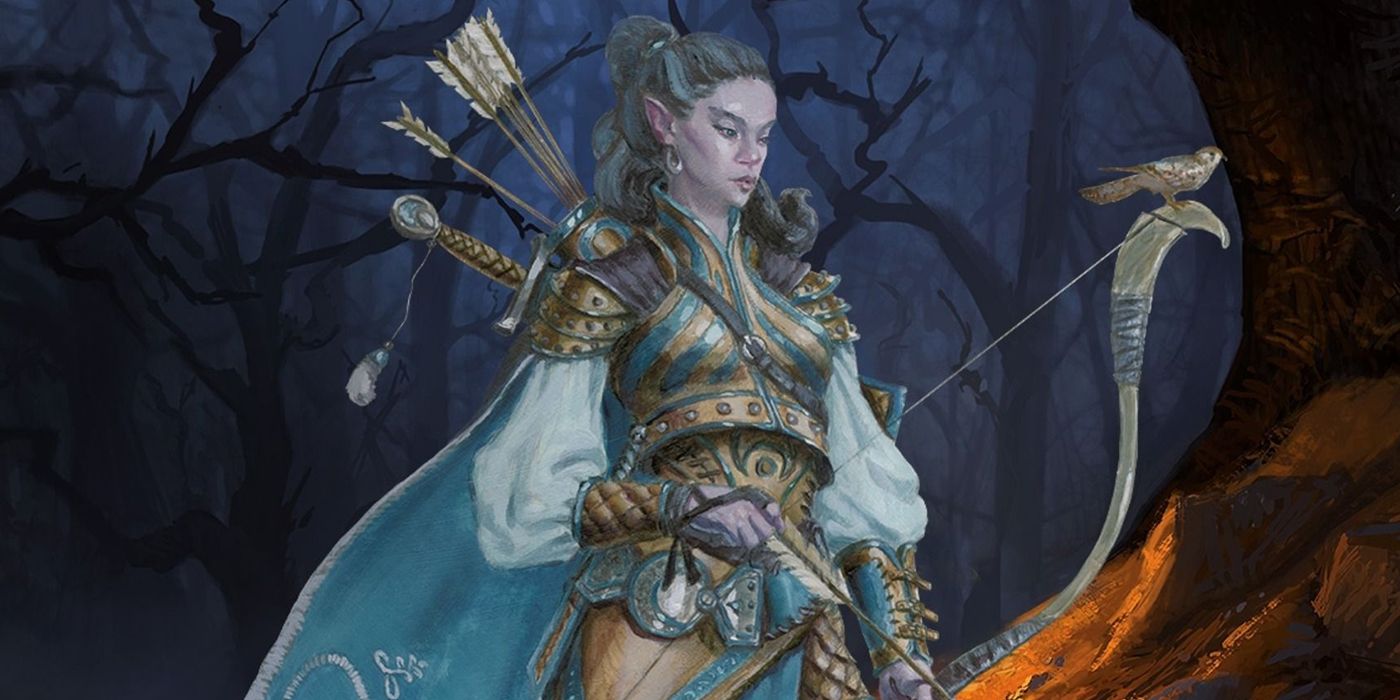
Similar to how Paladin has qualities of both the Cleric and Fighter, the Ranger is a class that has elements of the Druid, Fighter, and Rogue classes. While the class was initially introduced as an expert of tracking and traversing various environments, Rangers received a major update in Tasha’s Cauldron of Everything that can provide them with different options such as additional damage to key targets and access to Expertise. With a variety of utility spells and magic options that can increase their damage output, especially with the use of a bow, rangers can be a great asset to a party both in and out of combat. The primary weaknesses of the class can be found within the original iteration of the class found in the Player’s Handbook, in which many of the class features available to Rangers were so niche that in many cases, a Ranger may feel as though they effectively have no class features to use at all.
Rogue
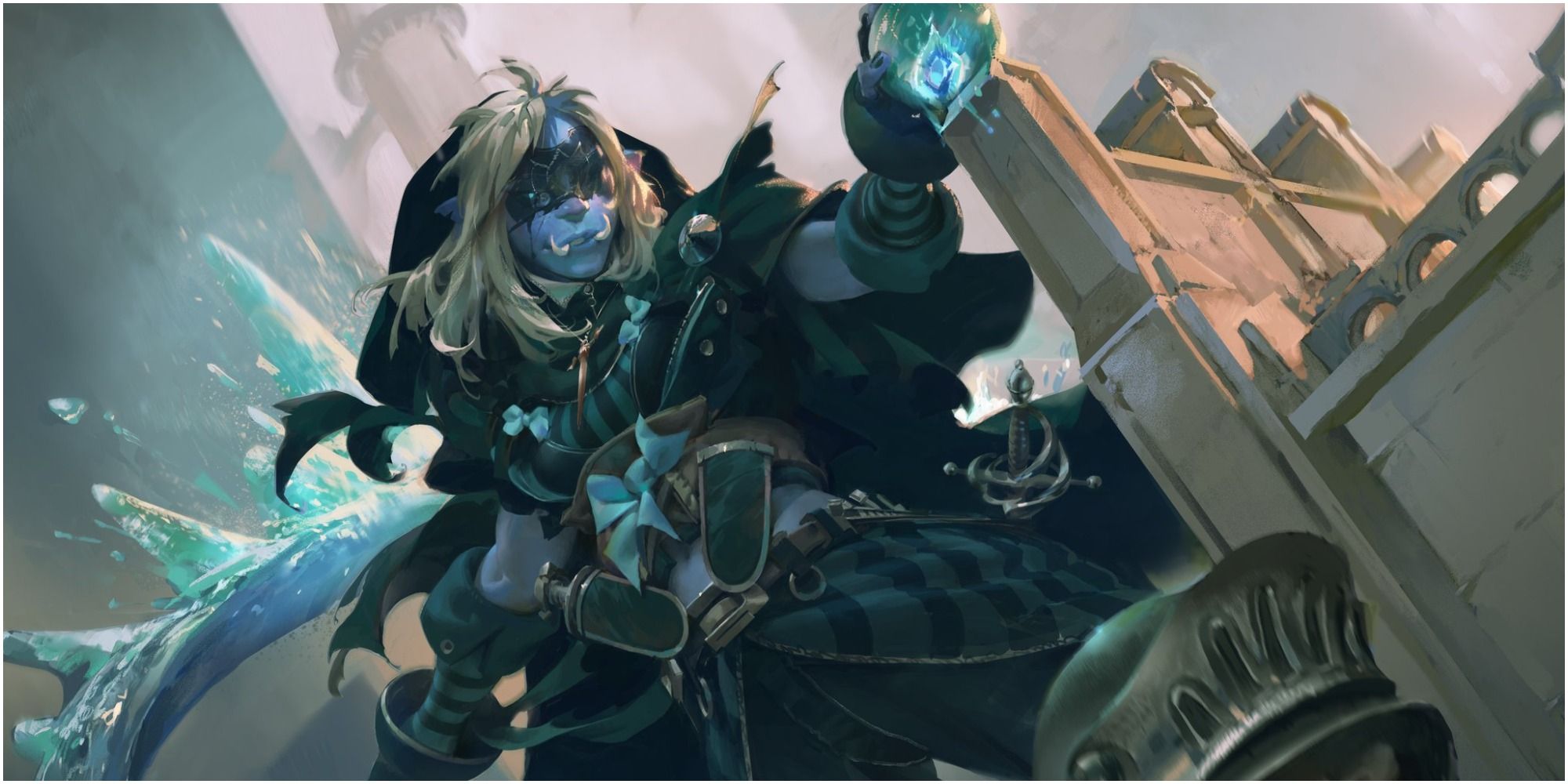
Rogues are a skilled class based around the use of dexterity, excelling in areas such as lock picking and the use of stealth. With access to the great Cunning Action feature, rogues can perform several actions; dashing, disengaging, and hiding as bonus actions, greatly adding to their flexibility on a given turn. Serviceable as ranged and close-quarters combatants alike, Rogues are capable of dealing absurd amounts of additional damage to single targets through the use of their Sneak Attack trait as long as they’re attacking at advantage or they’re fighting a given target alongside an ally. Due to the way the Sneak Attack mechanic functions, the biggest weakness of Rogues is that they are at their most potent when working with allies, and they tend to struggle if they’re cut off from the rest of their party.
Sorcerer
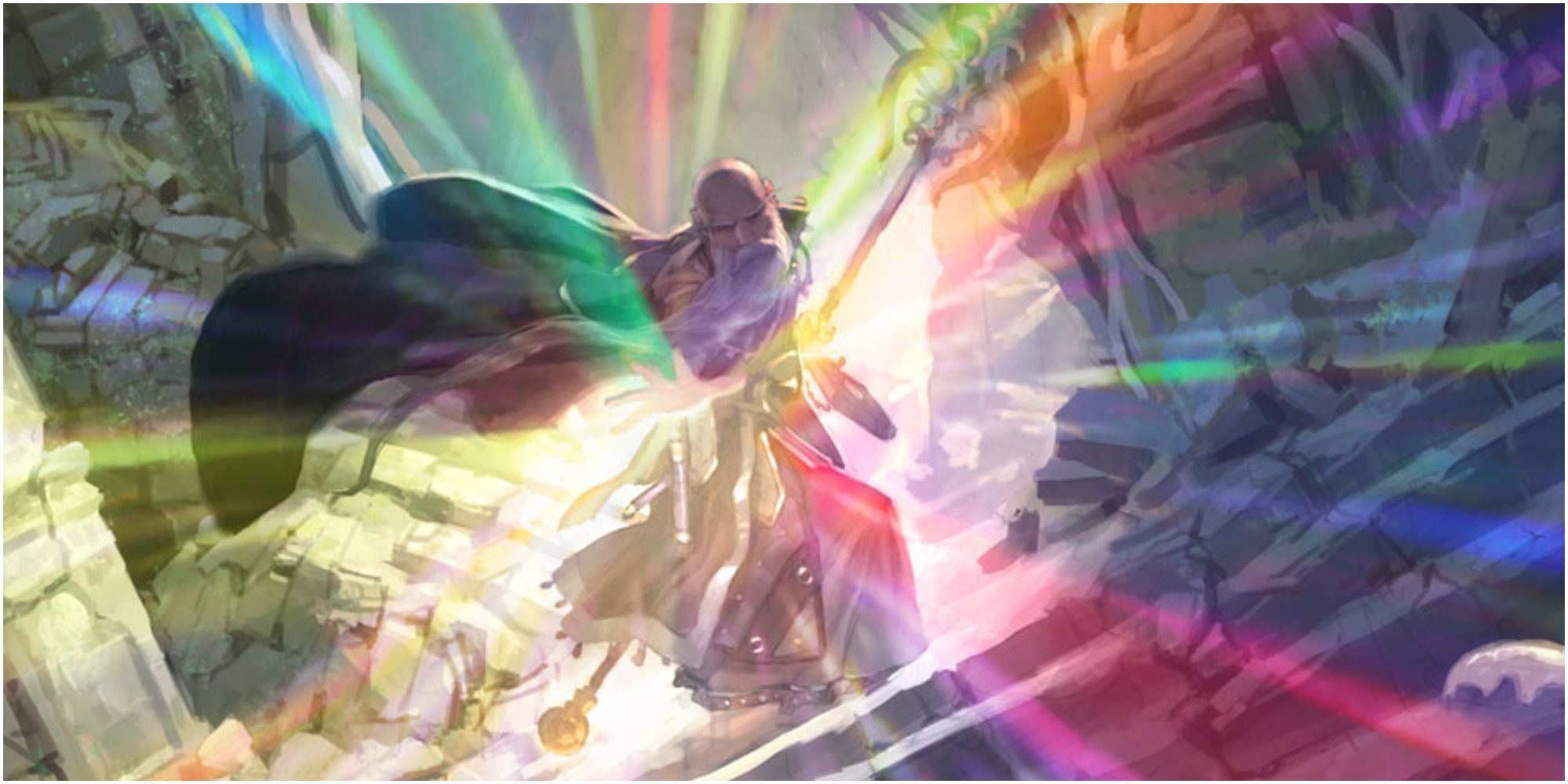
Charisma-based spell casters whose power is derived from a character’s bloodline or a magical gift, Sorcerers are among the best damage-dealing spellcasters in D&D. With a highly offense-based spell list, Sorcerers can augment their spells in a variety of ways through the use of the class’s metamagic mechanic, allowing a spell to be altered to improve elements such as its range, duration, or even its number of possible targets. While Sorcerers can be quite deadly in the amount of damage they can deal, one of their primary weaknesses is that due to their lack of armor options and their tiny d6 hit die, they are glass cannons that are unable to take a lot of punishment.
Warlock
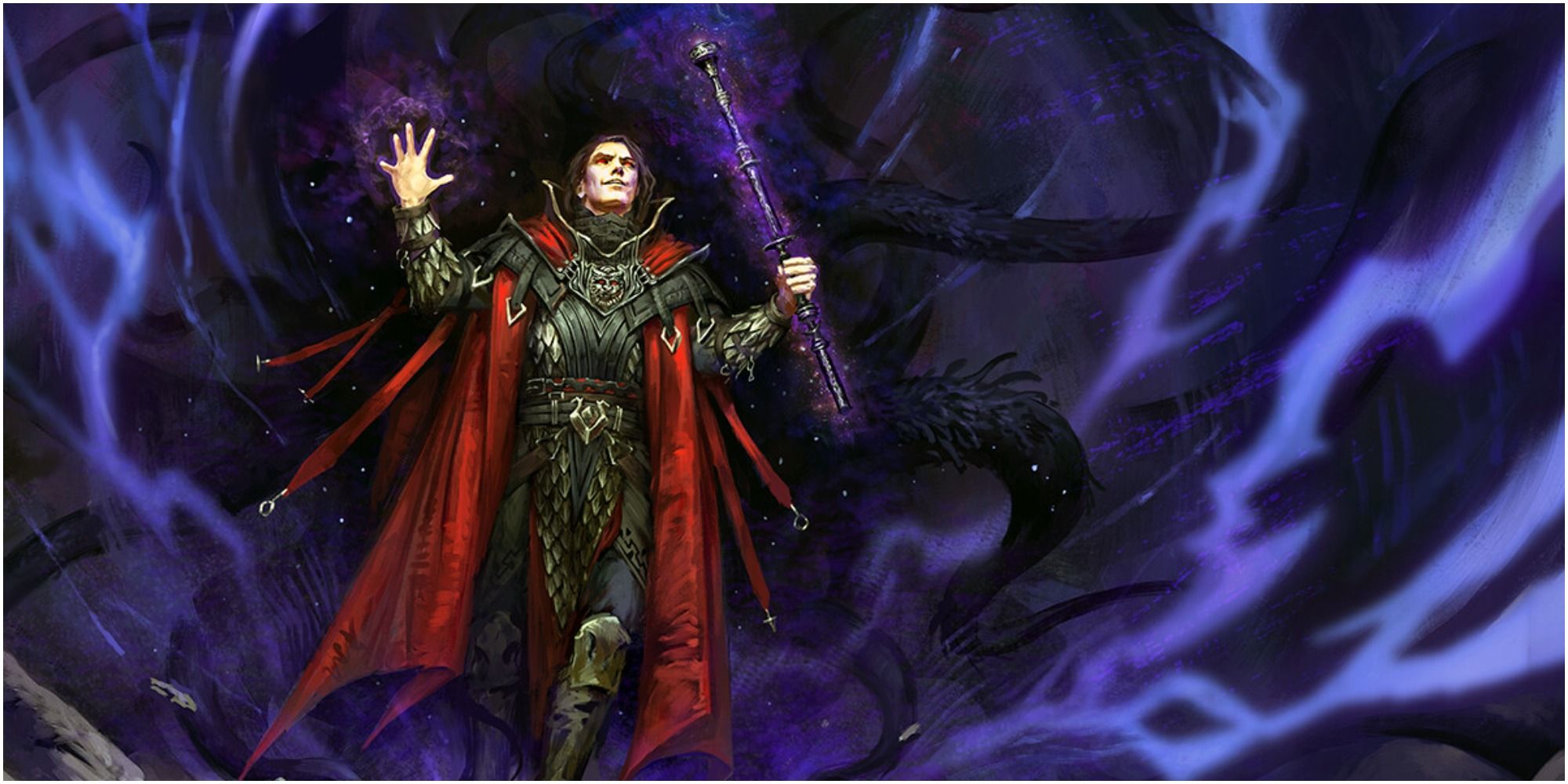
Another spellcasting class that utilizes their charisma, Warlocks are those whose magical power was bestowed upon them by a potent extraplanar being such as a fiend or an archfey. Due to the litany of choices that players have when building their Warlock, including subclass, Pact Boon, Eldritch Invocations, and Spells, Warlocks are easily the most customizable class in the game. While the class has far fewer spell slots than other classes, each of their spells are cast at their highest available level, and the class has exclusive access to the most potent cantrip in D&D: Eldritch Blast. The class’s key weakness is its heavy reliance on short rests, which can often be frustrating for parties that want to continue adventuring without stopping for breaks.
Wizard
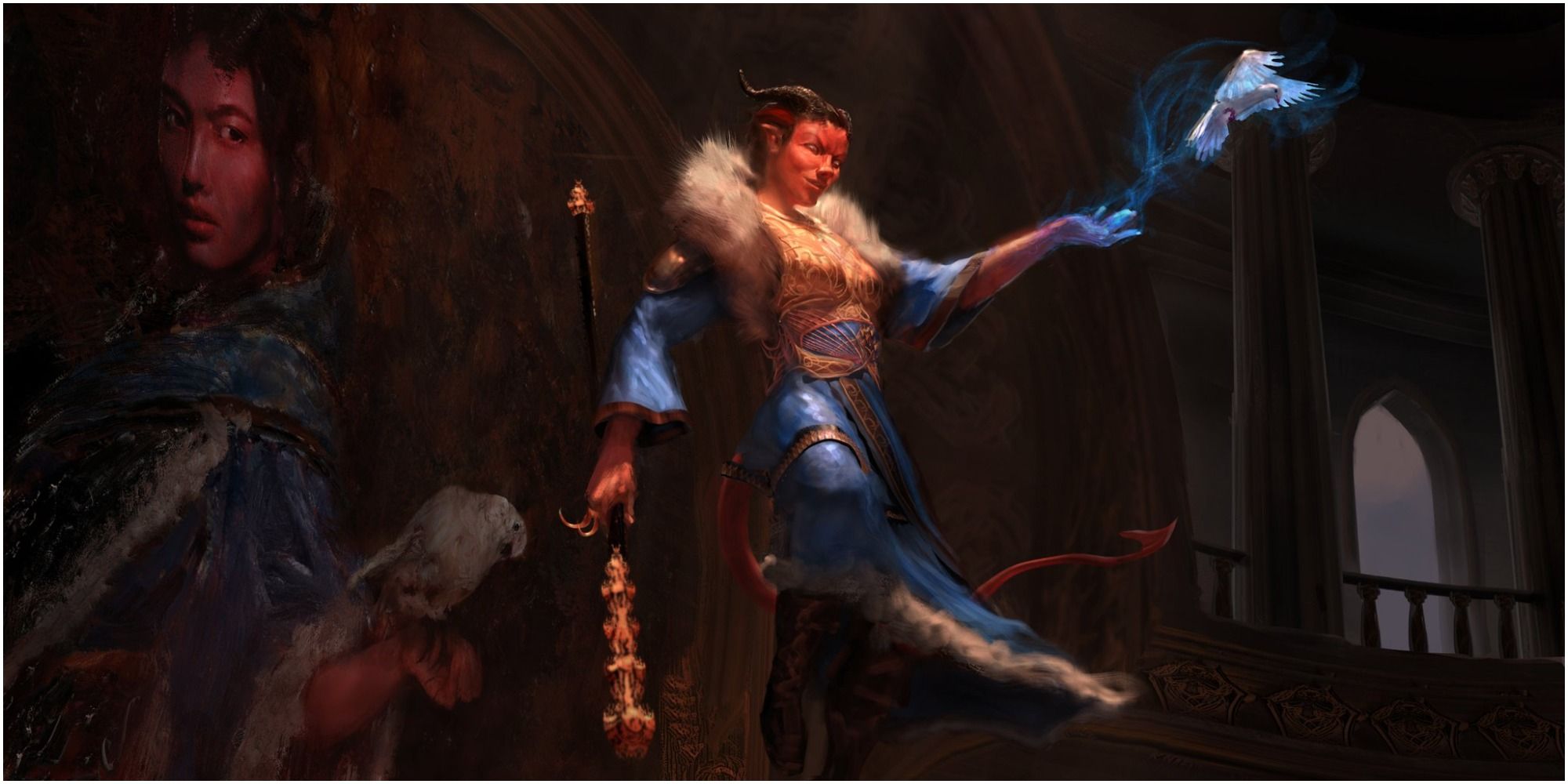
The classic archetypal spellcasters of D&D, Wizards are intelligent magic users that learn spells and transcribe them within their spellbooks. With a frankly massive spell list, Wizards are capable of learning a spell for nearly any occasion, providing them with incredible versatility both in and out of combat. Whether a party is looking for a massive blasting spell or simply some magical utility to help a party throughout an adventuring day, Wizards have you covered. While the class’s spellcasting is second to none, with wizards even having access to a sizable number of exclusive spell options, like the Sorcerer, Wizards are incredibly frail and are unable to sustain much damage before they fall in battle.
Link Source : https://www.thegamer.com/dungeons-dragons-the-strengths-and-weaknesses-of-each-class/
